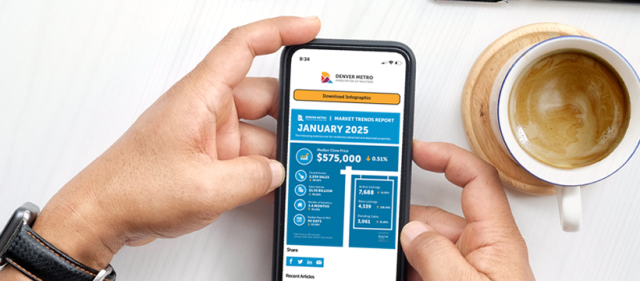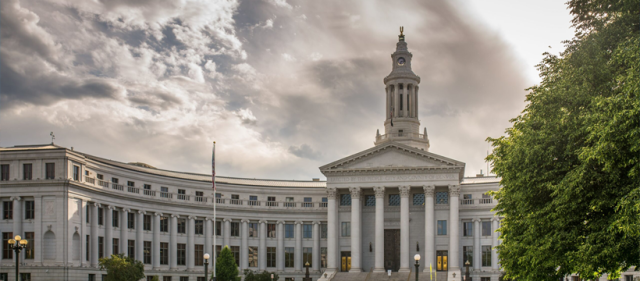Which Denver ZIP Codes Have Become More Popular Since The Pandemic Began? | Guest Post
Last month, Orchard published a report detailing how the home buying scene in Denver had changed from the months just after the start of the pandemic to July of 2021.
Not surprisingly, just as in markets across the country, Denver’s housing market has undergone an enormous shift — prices are up, DOM is down, and, perhaps most interestingly, where people are buying has changed.
The maps from the report demonstrate some incredible takeaways, including:
1. Denver is now nearly equally competitive across the metro area: Whether you’re looking in the mountains, the plains, or the city center, the result is the same: You’re probably not going to have more than a long weekend to place a bid on the house you want. In 85 of the 95 ZIP codes measured in the report, the average DOM was just four days. The longest DOM is just 12 days (for ZIP code 80019, where much new construction is taking place).
2. The west got more expensive; the east, more popular: Southern and western Denver in particular saw some of the biggest relative increases in price per square foot and median sale price. But as new construction expands in eastern Denver, we saw markedly more activity and transactions in ZIP codes in places like Aurora and Parker than in any other part of the city.
3. The biggest increases in housing prices were in “luxury” ZIP codes: Four of the five biggest jumps in median housing prices were in ZIP codes where the median home sale price is now above $880,000. According to Orchard’s team, a major part of this increase comes from out-of-state buyers (people coming from places like California, for example) who came to play in the Denver area with cash from having sold more expensive homes.
In addition to these changes, it’s important to keep an eye on where transactions in general have seen an upward trend. Beyond luxury ZIP codes, where are Denver-area home buyers flocking to, whether due to availability of inventory, relative affordability or personal interest?
As the author of the original report, I wanted to share with the DMAR community the number of transactions that each of the ZIP codes we measured saw during that time frame.
Five ZIP codes in particular stand out as having become particularly busy in the year since the pandemic began. These ZIP codes are mostly in the eastern and southern suburbs of Denver, in places like Aurora and Castle Rock:
On the other hand, a handful of ZIP codes declined in activity over that time frame. There were 46 fewer transactions in 80501 (which maps to Longmont) year-over-year, and 41 fewer in nearby 80503 (mapping to Niwot) as well.
What do you think: Will these trends hold as we head into another post-pandemic year? Will new construction out east continue to drive action, or will we see a shift back into the city center as vaccines take hold and life turns back towards “normal”? We’ll keep our eyes on the numbers in the meantime.
The views, opinions and positions expressed within this guest post are those of the author alone and do not necessarily represent those of the Denver Metro Association of Realtors®. The accuracy, completeness and validity of any statements made within this article are not guaranteed. We accept no liability for any errors, omissions or representations. The copyright of this content belongs to the author and any liability with regards to infringement of intellectual property rights remains with them.
If you are interested in submitting a guest post, please contact Sarah at sgoode@dmarealtors.com.



